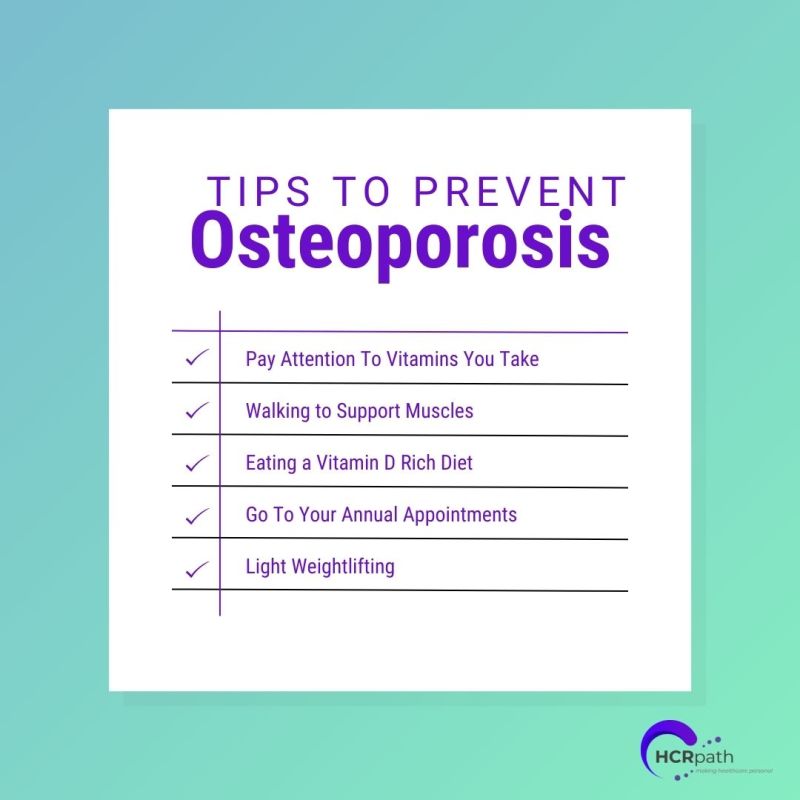Osteoporosis is a debilitating and potentially life-threatening disease that affects millions of people around the world. It is characterized by a loss of bone density and a reduction in bone strength, which can lead to fractures, chronic pain, and other serious health problems. The good news is that osteoporosis is largely preventable through a combination of lifestyle changes and preventative care.
One of the key ways to prevent osteoporosis is by ensuring that you are getting enough calcium and vitamin D, which are the two most important nutrients for maintaining healthy bones. Calcium is found in dairy products, leafy green vegetables, and certain types of fish. Vitamin D is made by the body when the skin is exposed to sunlight, but can also be found in foods such as egg yolks, fatty fish, and fortified milk.
Another important factor in osteoporosis prevention is regular exercise. Weight-bearing exercises such as walking, running, and resistance training are particularly beneficial for maintaining strong bones. Regular exercise can also help maintain muscle mass, which can help prevent falls that can lead to fractures.
Smoking is another factor that has been linked to a higher risk of osteoporosis. Quitting smoking can significantly improve your overall health and lower your risk of developing the disease. Excessive alcohol intake can also lead to a loss of bone density, it’s best to limit alcohol intake to no more than one drink per day for women and two drinks per day for men.
Having a healthy diet is also essential for preventing osteoporosis. Eating a diet that is rich in fruits, vegetables, and whole grains and low in processed foods can help maintain healthy bones.
In addition to these lifestyle changes, it is also important to regularly check for risk of osteoporosis. HCRpath.com offers a digital survey that contains patients historical health data, current state of health, and risk assessment that can provide a more comprehensive understanding of your risk for osteoporosis and provide the necessary information for you and your clinician to work together in developing a prevention and management plan that is tailored to your individual needs.
For more information on osteoporosis prevention, you can also check out the resources provided by the National Osteoporosis Foundation (NOF), the International Osteoporosis Foundation (IOF), the National Institute of Arthritis and Musculoskeletal and Skin Diseases (NIAMS) and the U.S. Department of Health and Human Services (HHS).
By following these tips, you can reduce your risk of developing osteoporosis and enjoy a healthier and more active life. Don’t hesitate to take action, preventing osteoporosis is essential for maintaining optimal bone health and preventing long-term complications.






